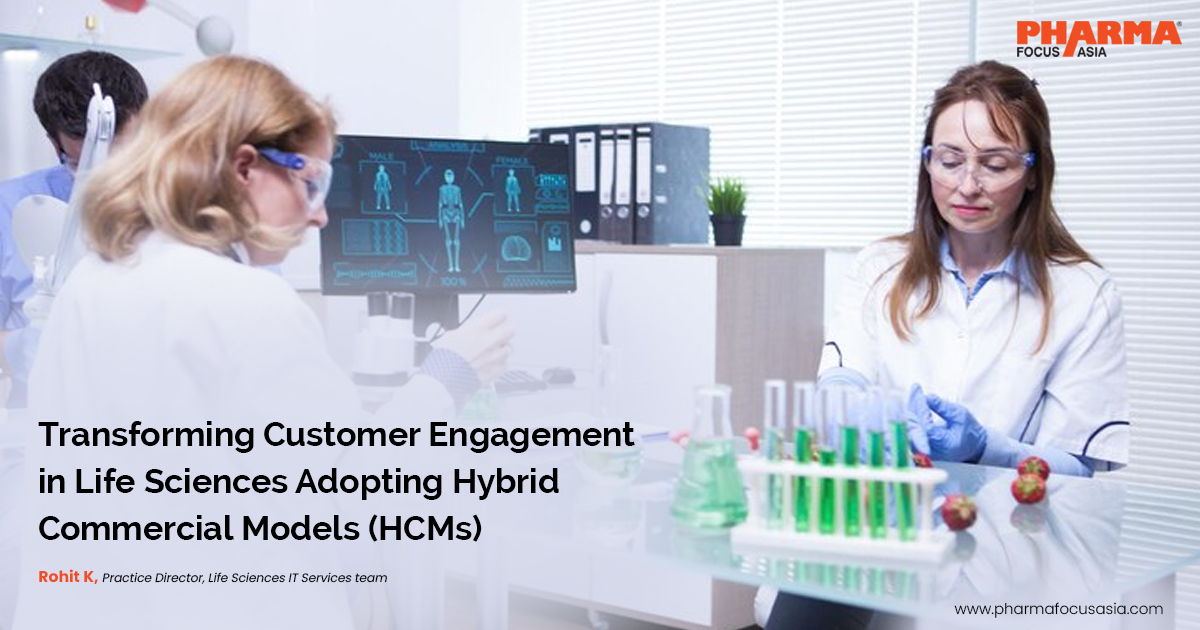Six Sigma - Time, cost and product quality improvement

The Digital Transformation Era has been proposed for this decade. As industries struggle for income in a fast-changing competitive environment, a new generation of technologies and utilities is assisting in the transition process. Is this, however, enough to encourage industrial change?
Introduction
Digital transformation speeds up a company's growth, but it also necessitates more support from Pharma 4.0 and quality control management systems. To keep up with rapidly changing markets and processes, Motorola devised a novel management paradigm in 1986. The theory evolved into a solid framework of principles and techniques because the corporate transformation was done through well-defined processes.
Six Sigma: approach
Customer-focus
The primary purpose is to benefit the consumer as much as possible. To do so, industries must first understand their customers' demands, as well as what generates sales and loyalty. The requirements of the client or market define the quality of a product or service.
Categorize the Problem
To categorise the problem, ask questions. To locate waste areas, plan the operations in a specific process. Assemble data to determine the defects that are to be modified. Set specific information gathering goals, such as defining the data, data analysis, visualisations, ensuring measurement accuracy, and using a consistent data collection approach. Evaluate whether or not the data is aiding in the fulfillment of the objectives, and whether or not it needs to be updated or altered.
Get Rid of the Junk
Change the technique once the cause has now been recognised to minimise variability and, as a result, problems. Remove any steps in the process that aren't adding value to the product’s quality.Tools are used to help professionals’ variations and difficult zones if the value stream doesn't disclose where the problem is.Finally, the junk stated before is cleared, which eliminates bottlenecks in the process.
Continue to move forward
Implement a systematic problem-solving approach in which each colleague collaborates and participates in their fields of expertise. Because Six Sigma can have a significant impact on healthcare sector, the staff needs to be well-versed in the ideas and methods. To minimise the possibility of re-design failures specialized training and knowledge are necessary.
Flexible Environment
Change is at the heart of Six Sigma. Work practices and employee behaviors must modify when a problematic method is no longer used. Project completion can be aided by a strong culture of flexibility and flexibility to changes. Employees that are participating should be able to adjust to new situations.Finally, healthcare that maintains an eye on the data can obtain a competitive advantage. This corporation reviews its bottom line regularly and makes necessary adjustments to its operations.
Six Sigma: Strategies
To achieve the desired result, a blend of data science, such as process analysis, planning, and qualitative and quantitative approaches, are applied.
Mind mapping
Mind mapping is a crucial aspect of solving any problem, and it's applied frequently in the ‘improve’ step before anyone utilises any element. Through extensive unstructured conversations, mind mapping means generating ideas and developing fresh approaches to a problem.
Analyse the Root Cause
This strategy is used in the DMAIC cycle's ‘analyse’ phase to help identify the root cause of the issues being discussed. This 5 Whys strategy entails repeatedly asking ‘why’ until the main issue is identified.Although ‘five’ is a good starting point, the exact number of questions will vary depending on how much precision is required.
A customer's perspective
This is a technique for gathering ‘consumer feedback’ from various sources. The technique's purpose is to provide consumers with the greatest quality services possible. It employs both direct and indirect methods to capture the client's evolving desires. To better characterise the problem to be handled, the customer's voice is used.
The 5S System
The basis for this strategy is the Japanese philosophy of workplace energy. The 5S System is intended to reduce waste in the workplace that is driven by inadequate tools, equipment, or resources. The five steps are Seiri, Seiton, Seiso, Seiketsu and Shitsuke.
Kaizen Model
The Kaizenprocess is an influential approach that keeps a firm growing indefinitely. It is a continuous process of monitoring, recognising, and implementing improvements. Waste is reduced as a result of cooperative and ongoing improvements.
Comparative analysis
It requires developing assessments with other firms to provide an unbiased evaluation of the problem. Internal analyses a company's core processes or divisions, functional benchmarking compares similar work areas or activities to leading companies, and customer experience benchmarking compares similar products and services to those offered by competitors.
Poka-yoke
This technique gets its name from a Japanese word that means "to prevent mistakes," and it entails removing the potential of committing a mistake. The poka-yoke method is used to discover and remove bottlenecks and errors during the production process.
Value Stream Mapping
By recording the current movement of resources and information, the value stream technique is utilised to construct a project. The goal is to minimise defects and waste along the value chain, resulting in more efficient operations.
Six Sigma: Methodology
DMAIC is based on an approach to improving customer satisfaction with existing products. It has its own set of processing procedures that must be followed.
DEFINE
This initiates with a consumer strategy. The pharma/healthcare projects/challenge is defined from the viewpoint of the customer. Objectives have been set. What exactly are the goals? What resources are planned to achieve goals? Make sure the stakeholders are on the same page.
MEASURE
The second phase focuses on the developer's goals and the techniques for measuring them. What can be done to make things better? What's the best way to put a number on it? Quantify the challenge in terms of figures or supporting evidence. Establish a metric for evaluating performance. Constraints for "Y" must be set.Check out the measuring system that will be utilised. Is it up to the task of supporting the objective?
ANALYSE
In the third step, the process is evaluated to find the factors that affect it.Check ifthe procedure is productive and competitive. Is the method helping to achieve the objectives? Create a goal list.
IMPROVE
This approach examines the impact of changes in "X" on "Y." This is the stage where the process work is better. Determine the source of the problem. Determine which of the "X" variables affects "Y." Investigate the interactions between the factors. Set process limits, which as the accurate values that specific factors, such as product quality, can have while being within acceptable ranges. Which boundaries demand that X keep Y contained? What operating conditions might influence the outcome? To secure process tolerances, tools such as rigorous optimisation and validation sets can be used.
CONTROL
This is the last step, where examination of the previous phase's performance target was attained or even if the planned improvements are long-term. Check to see if the system of measurement used is correct. Identify the process's capabilities. Has the goal been achieved? One can begin the process after completing the preceding stage.
Visit now: https://www.pharmafocusasia.com/articles/six-sigma-time-cost-and-product-quality-improvement
Note: IndiBlogHub features both user-submitted and editorial content. We do not verify third-party contributions. Read our Disclaimer and Privacy Policyfor details.







